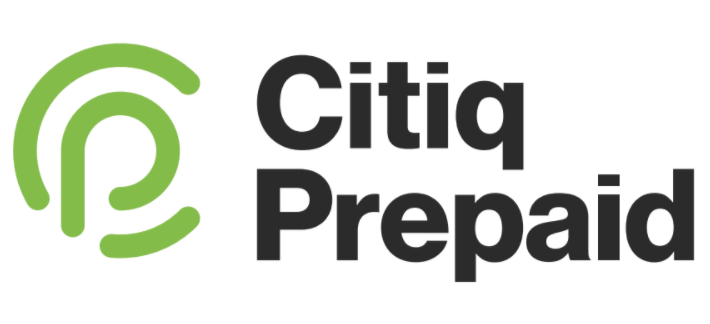Sustainable living is becoming the future of real estate; property developments are going as ‘green’ as possible with developments such as housing estates, commercial properties, and malls all aiming for reducing scarce resources such as electricity and water and being overall more sustainable. Energy efficiency, healthier living environments, and reduced long-term energy costs for owners and tenants seem to be the winning combination. Everyone enjoys saving on utility bills and more property developers are starting to take notice.
While many property developments advertise popular features like fibre optic and high speed internet, many homeowners and tenants are also specifically looking for more eco-friendly and sustainable living options. Reducing their carbon footprint is a priority, and monitoring their electrical and water consumption is front of mind for them.
By introducing new water saving solutions into the homes that they design and build, property developers now have the unique opportunity to pioneer and encourage a water-saving culture in society. According to Brendan O’Brien, Chairman of the Urban Space Property Group, there has been a market shift towards water-efficient homes and water-wise, low maintenance outdoor areas. “We have seen water saving features shoot to the top of the buyer wish list, with new homes increasingly being fitted with water saving measures, from aerated sanitary ware nozzles and spouts to rainwater catch pits,” he says in a recent article published on Private Property.
Prepaid sub-meters have become a very attractive option for property developments. Most municipalities are moving towards bulk electricity supplies to estates and complexes, which unfortunately means there is only one meter and the body corporate or estate managers must settle the bill for the entire estate or complex’s consumption. The major flaw in this is that the body corporate or estate managers struggle to recoup funds from the owners or tenants, and with no real way to monitor their usage they often do not regulate their water and electricity usage.
Installing prepaid sub-meters for water and electricity makes properties more desirable to both property owners and tenants, as it makes the entire setup more transparent and monitorable. The risk of non-payment by tenants in rental properties is very real and a large source of lost revenue for developments. Prepaid sub-meters work on a pay-as-you-go basis which means electricity and water is purchased upfront, allowing the tenant to budget more efficiently for the month. Monitoring their usage and consumption allows them to be more conscious of saving electricity and water. As the cost of energy and water rises, having an easier way to monitor their usage becomes more and more sought after.
The major challenge for property developers is to close the deals that deliver the profit margin their investors are looking for. Energy and water efficient property developments just make sense, they’re exactly what property owners want to offer and they’re what tenants are looking for. The recent rise in these kinds of property developments show a growing tendency towards this line of thinking, and they tend to be lighter on the pocket to develop as well as hyper efficient in resources in the long run.

